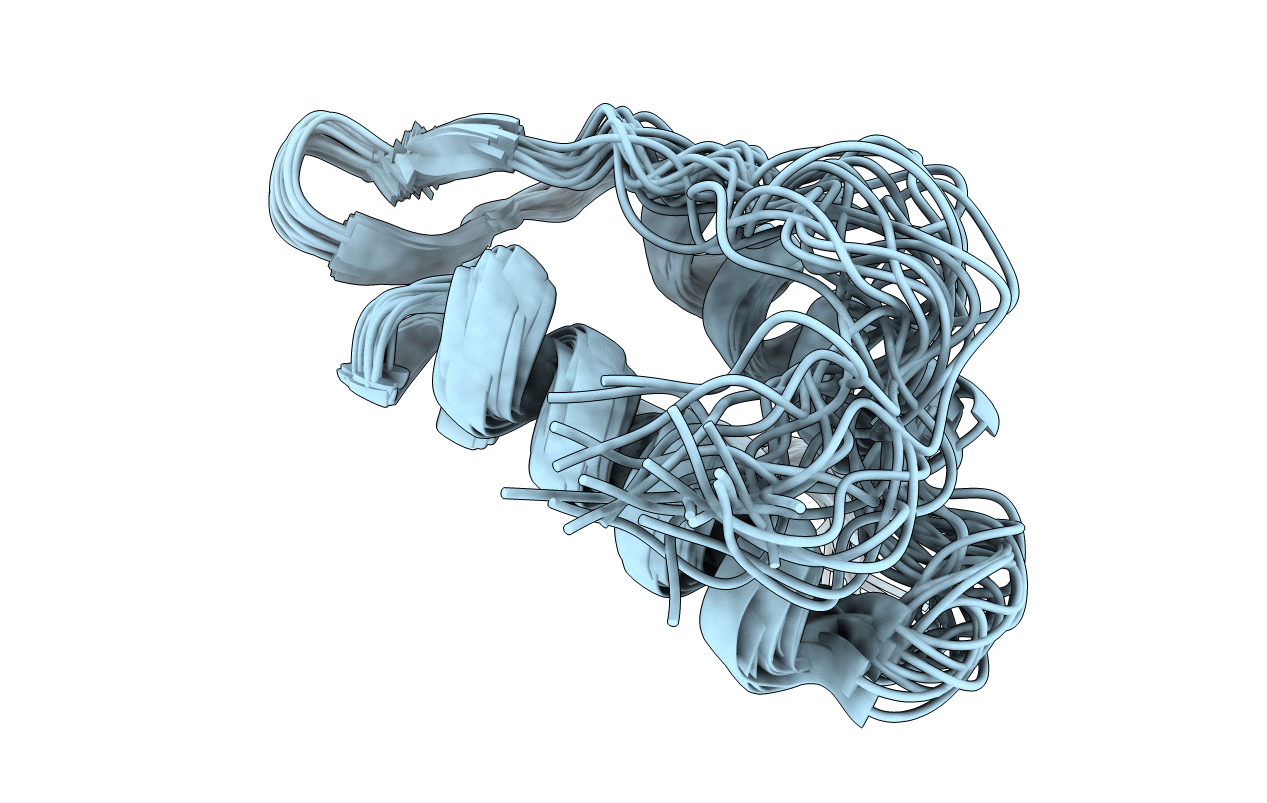
Deposition Date
2018-06-14
Release Date
2018-12-26
Last Version Date
2024-05-15
Entry Detail
PDB ID:
6GSF
Keywords:
Title:
Solution structure of lipase binding domain LID1 of foldase from Pseudomonas aeruginosa
Biological Source:
Source Organism:
Pseudomonas aeruginosa PAO1 (Taxon ID: 208964)
Host Organism:
Method Details:
Experimental Method:
Conformers Calculated:
20
Conformers Submitted:
20
Selection Criteria:
target function


